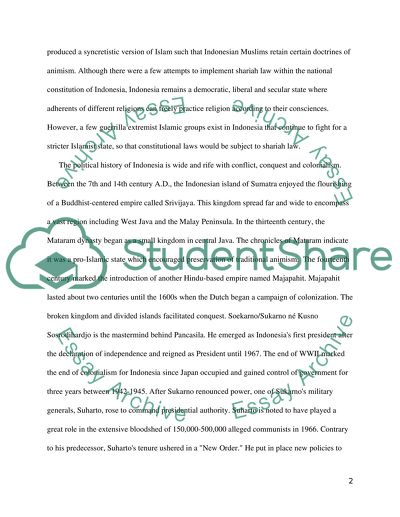Cite this document
(“Indonesia Research Paper Example | Topics and Well Written Essays - 2000 words”, n.d.)
Retrieved from https://studentshare.org/family-consumer-science/1418084-indonesia
Retrieved from https://studentshare.org/family-consumer-science/1418084-indonesia
(Indonesia Research Paper Example | Topics and Well Written Essays - 2000 Words)
https://studentshare.org/family-consumer-science/1418084-indonesia.
https://studentshare.org/family-consumer-science/1418084-indonesia.
“Indonesia Research Paper Example | Topics and Well Written Essays - 2000 Words”, n.d. https://studentshare.org/family-consumer-science/1418084-indonesia.


